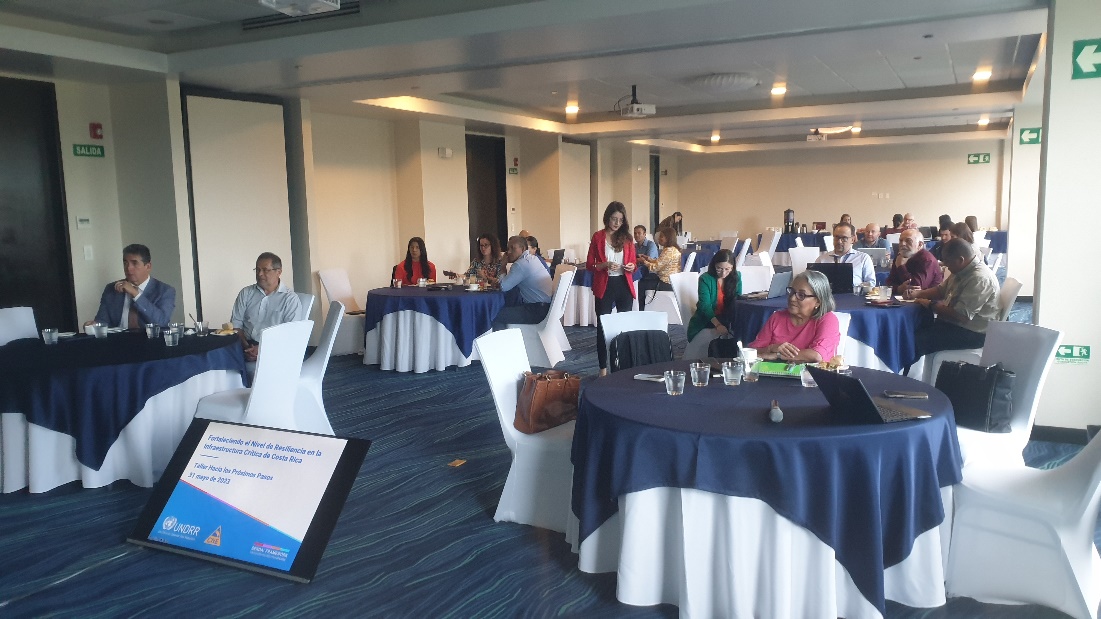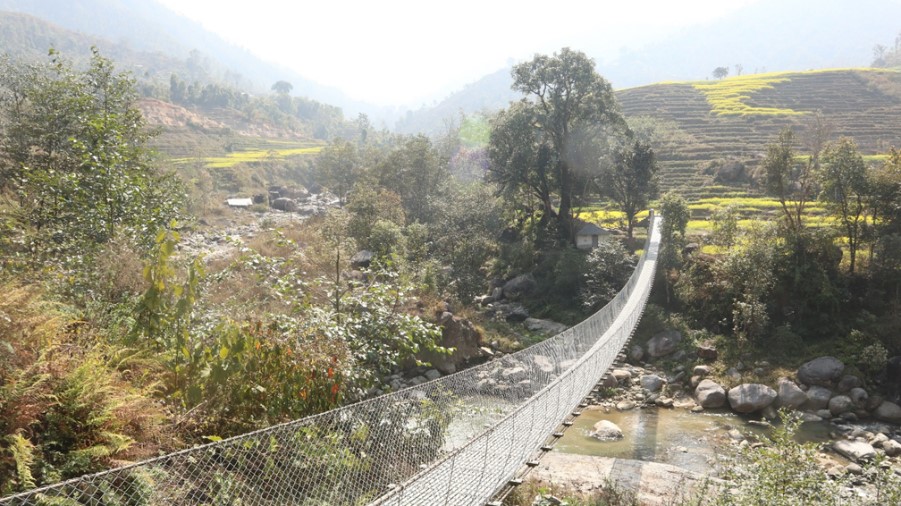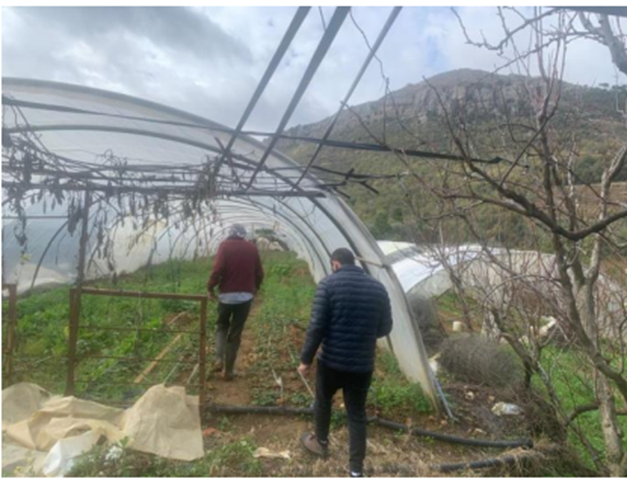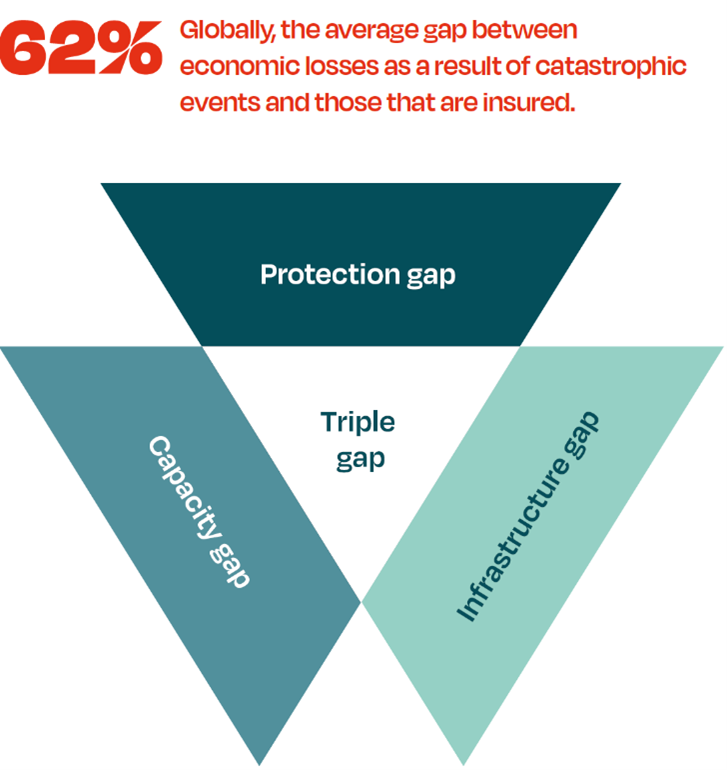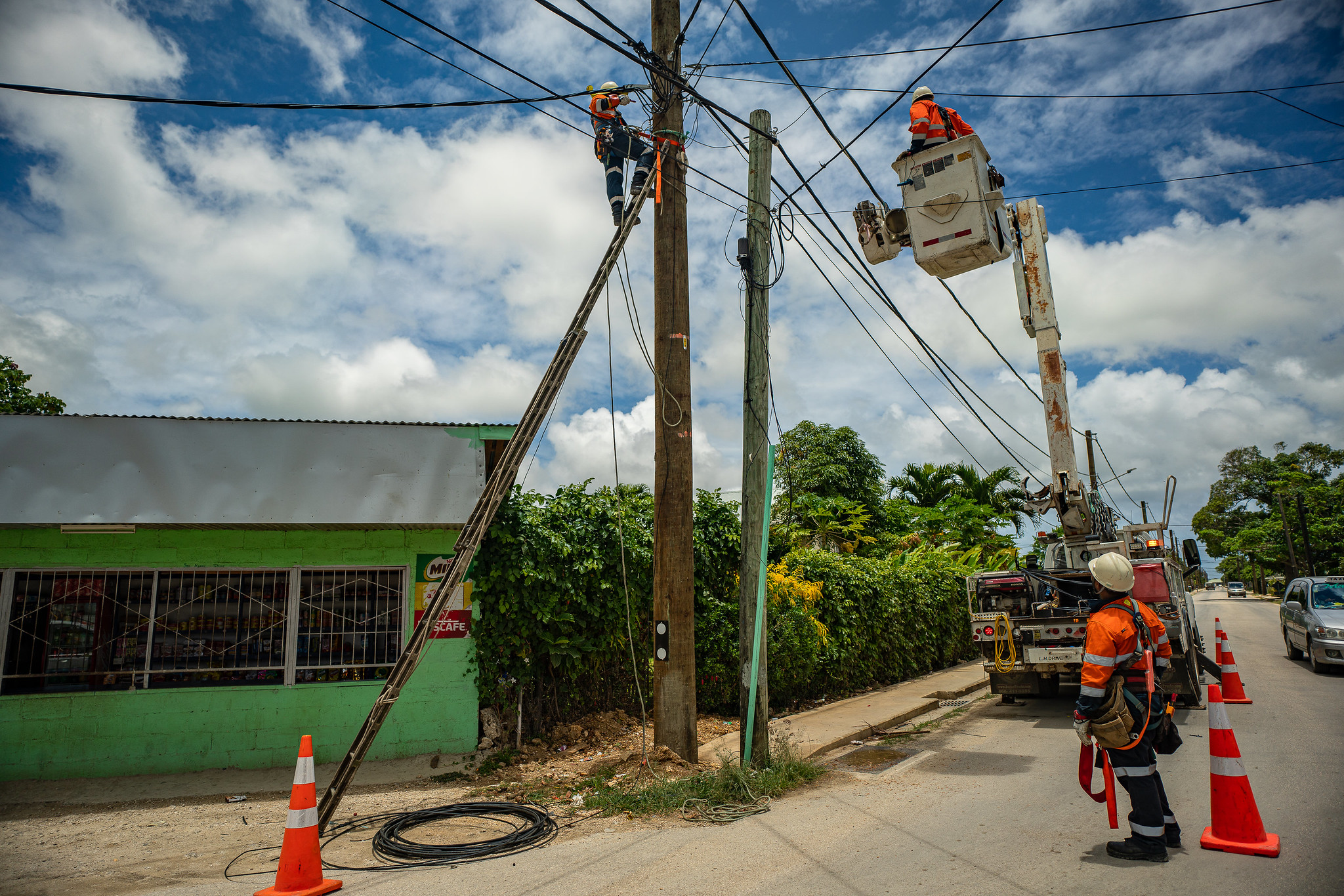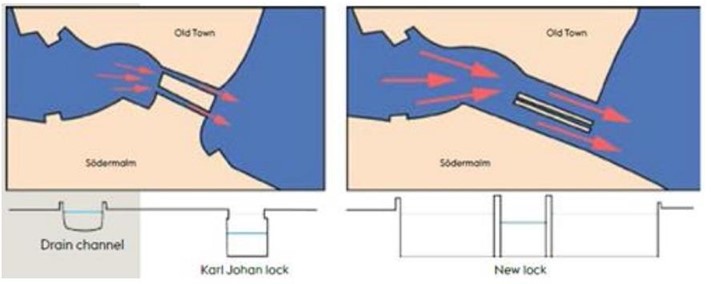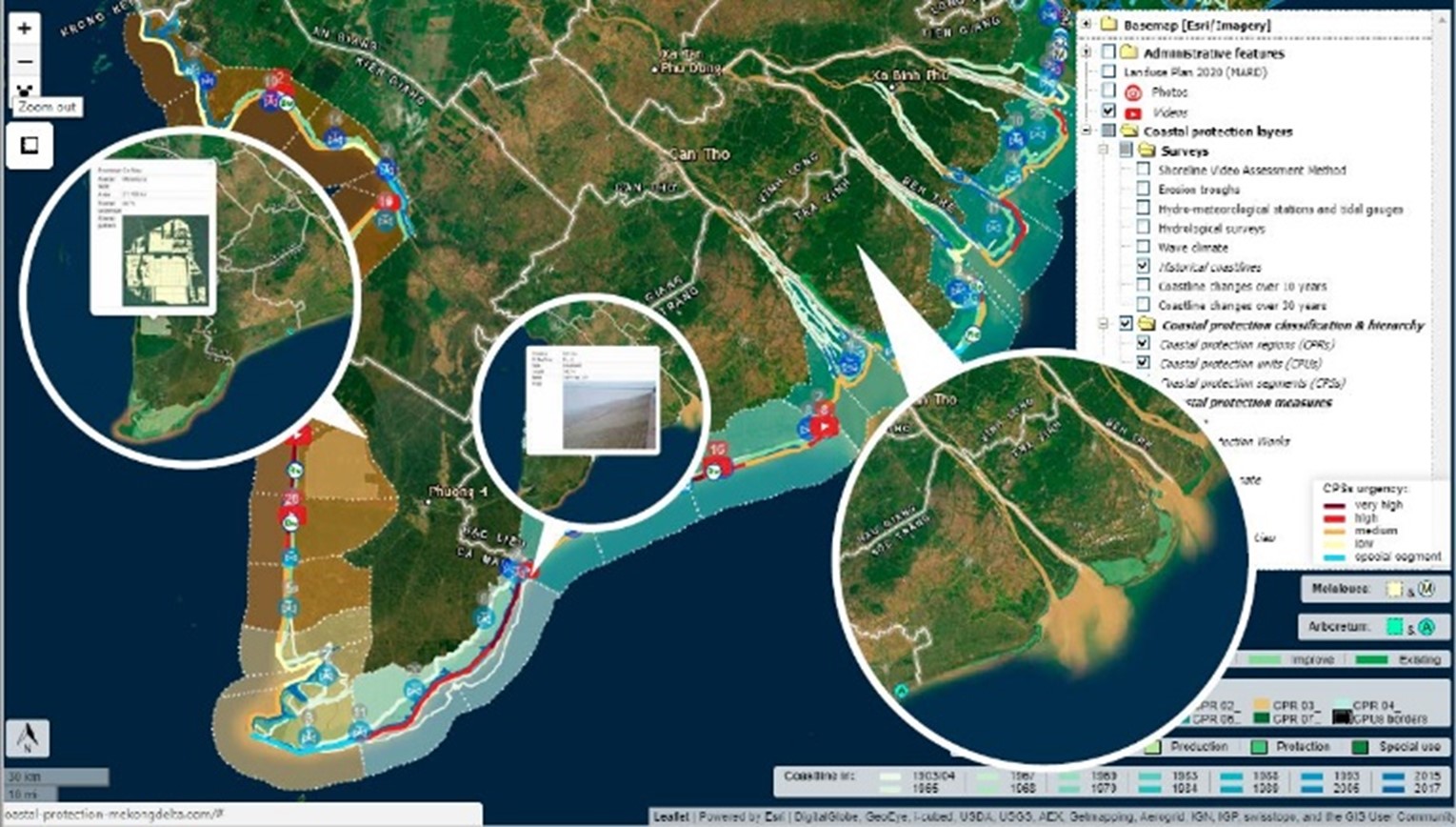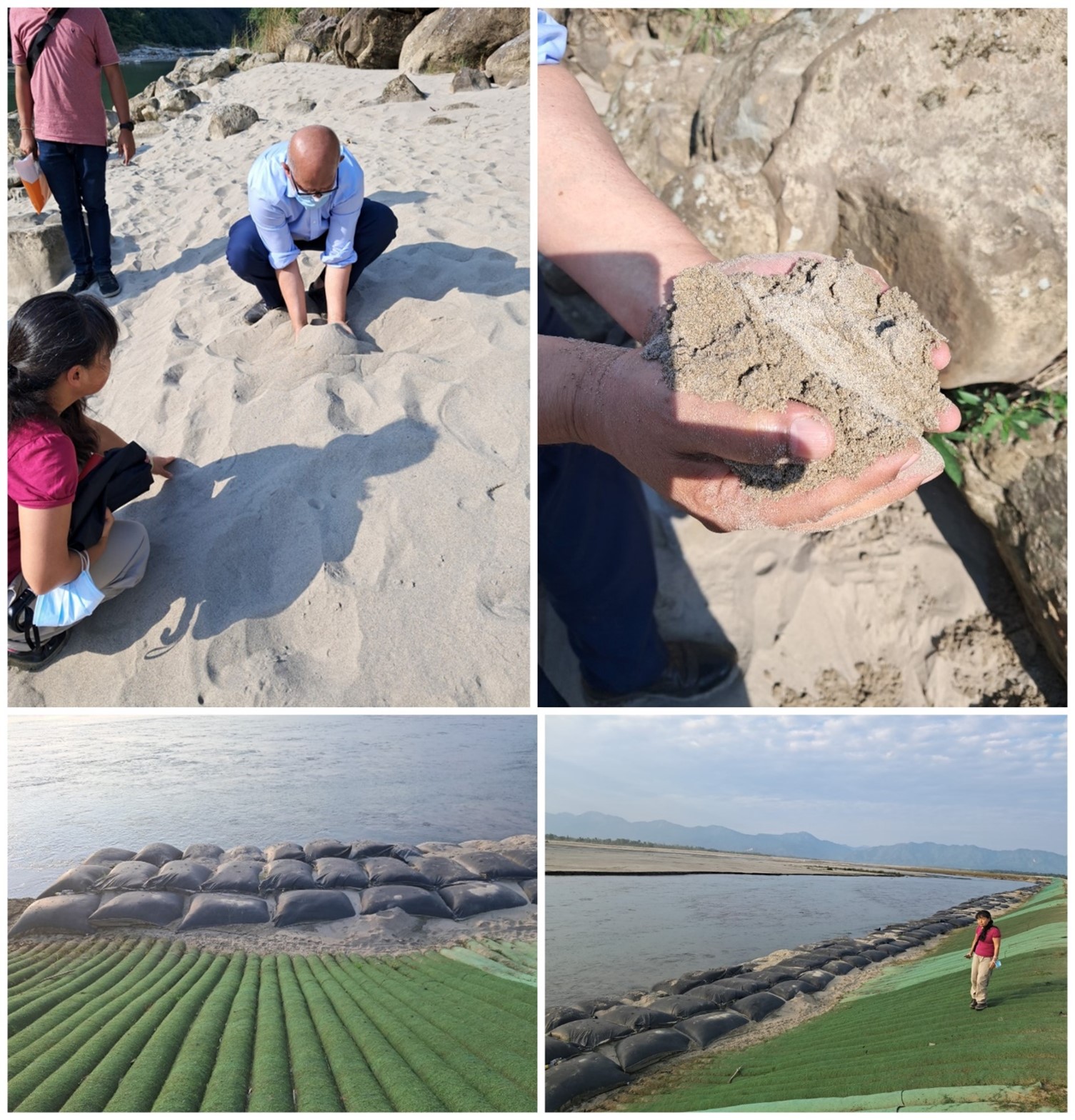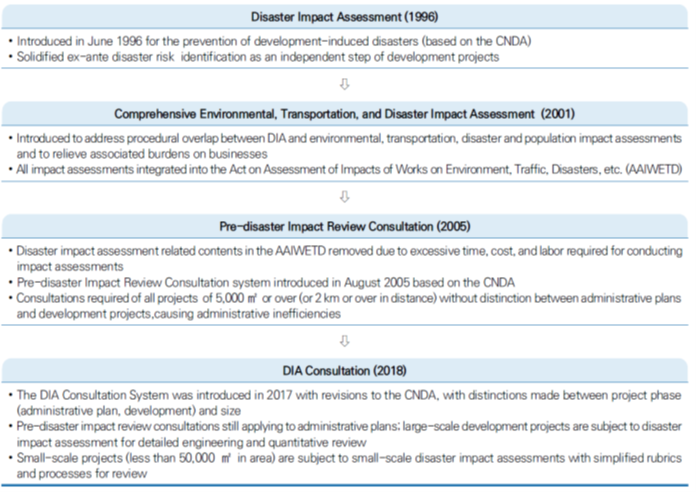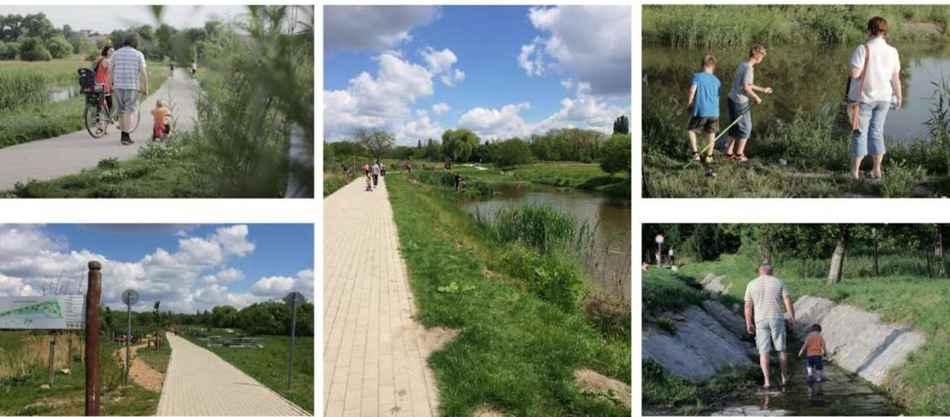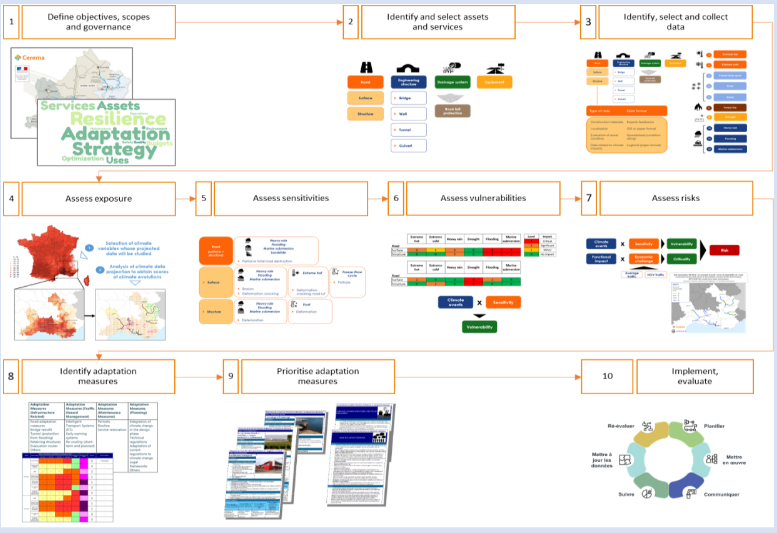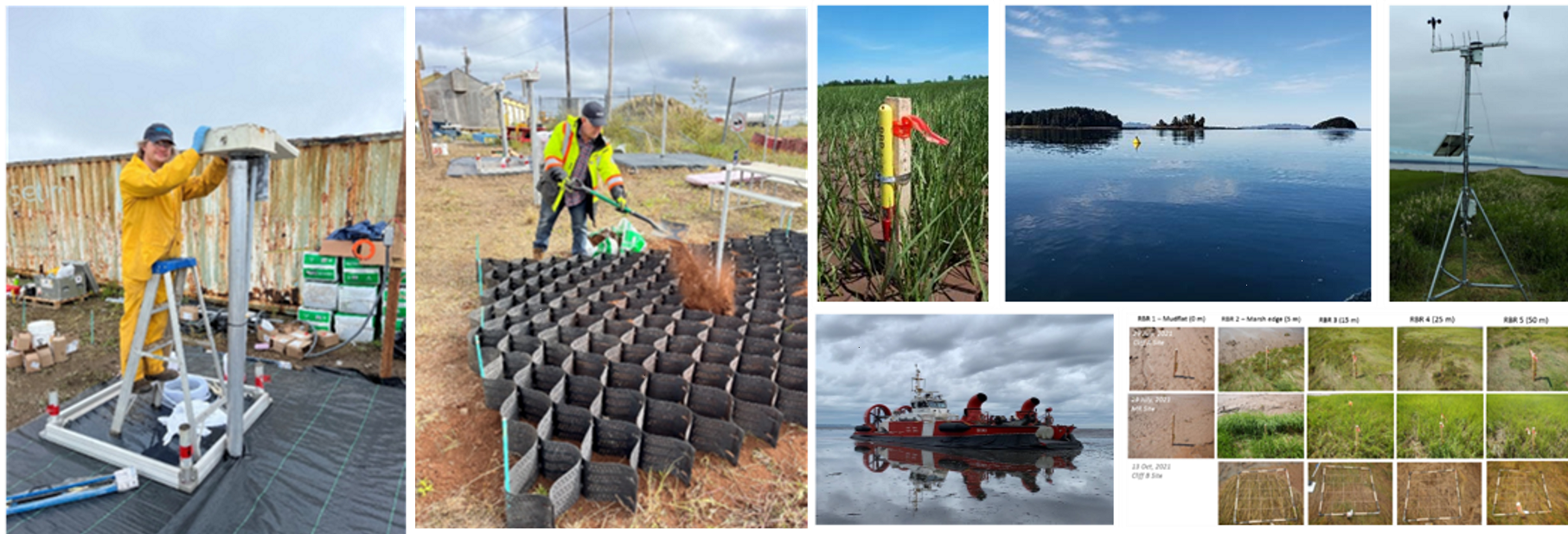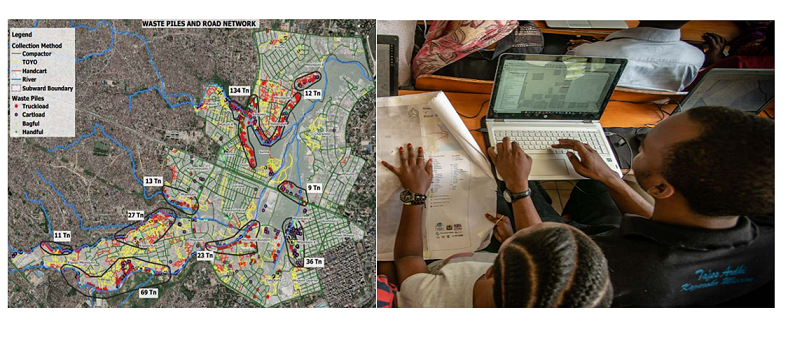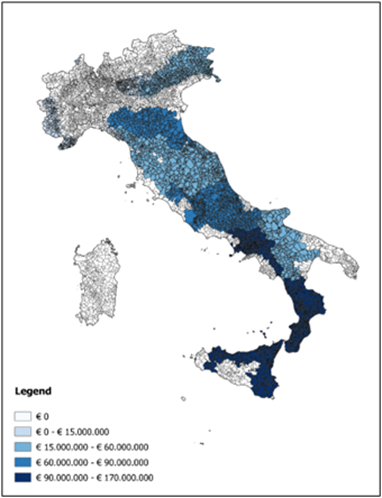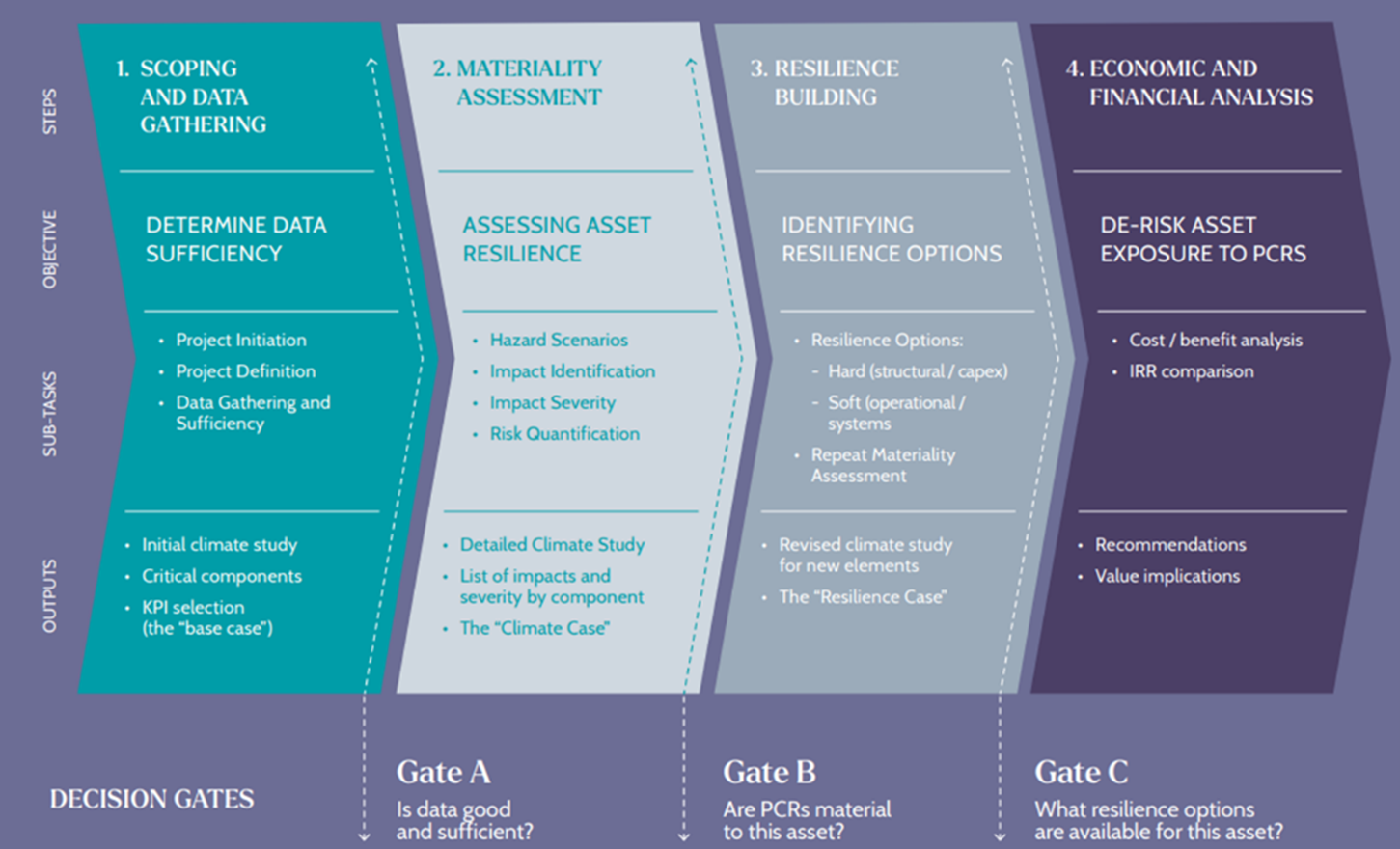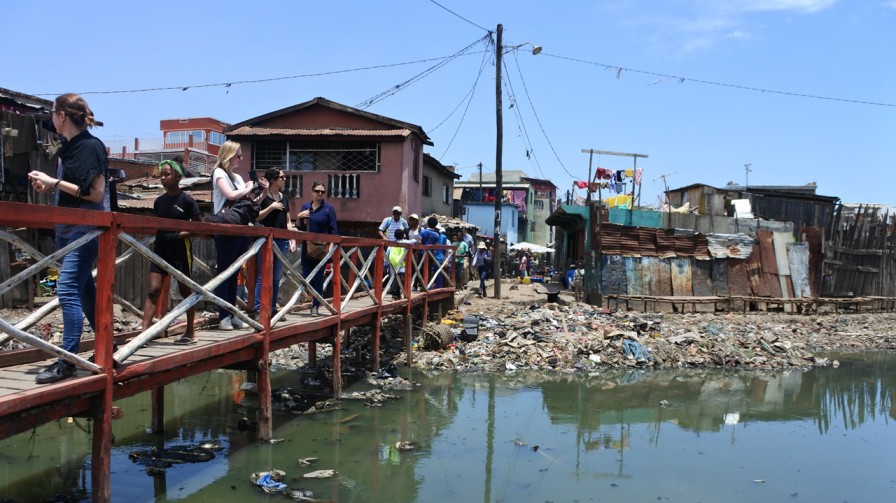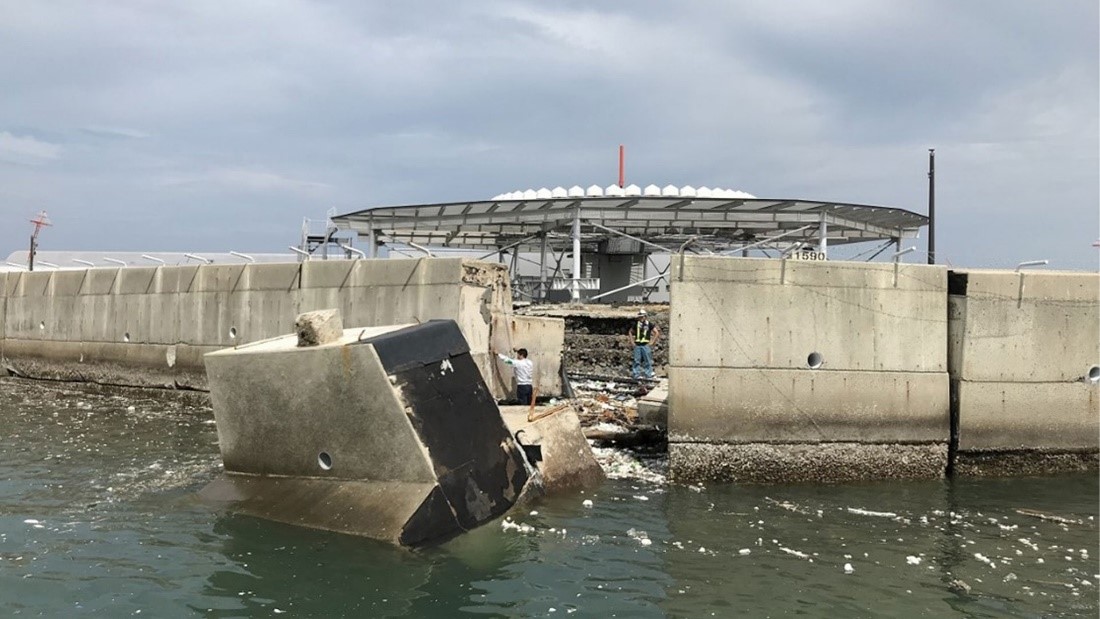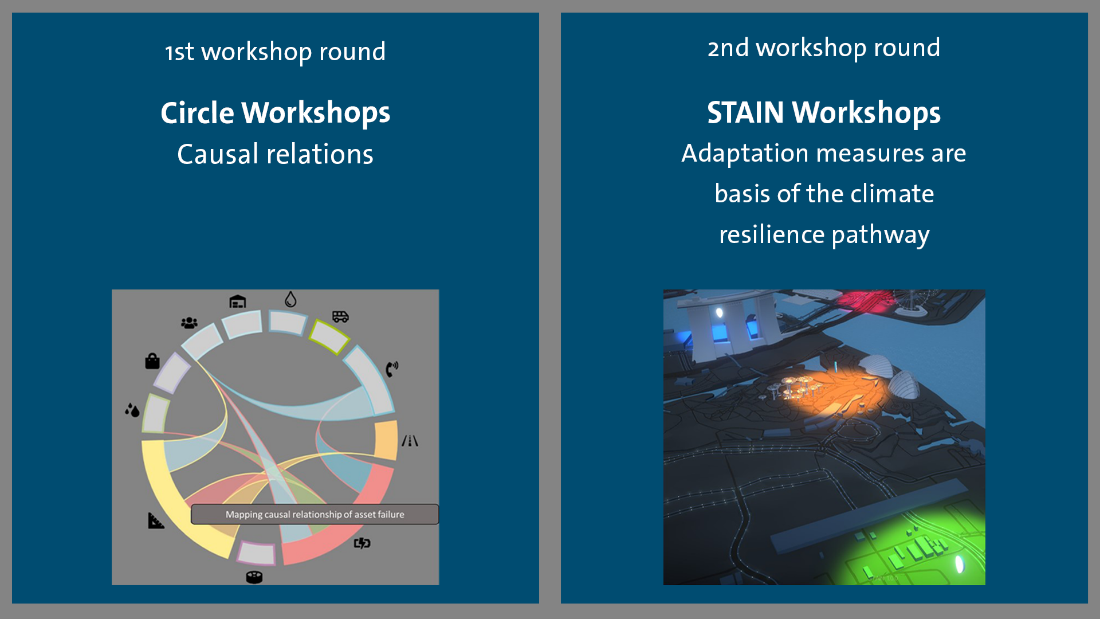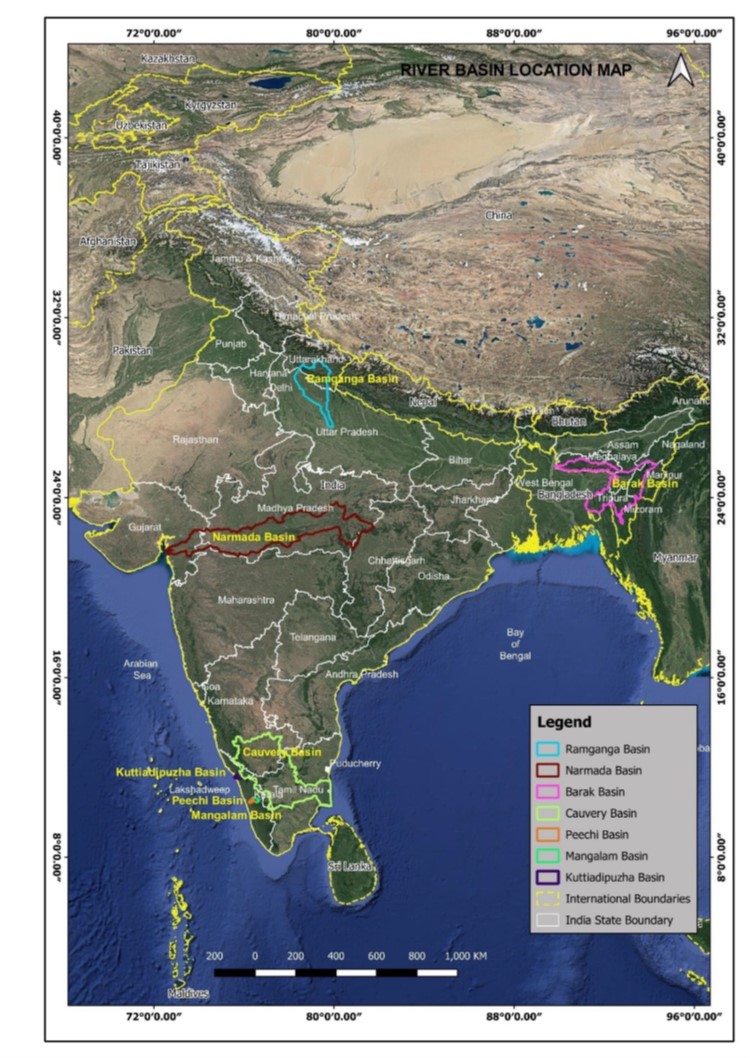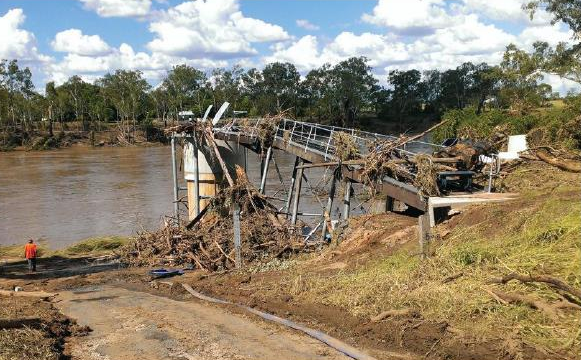 |
 |
 |
Strengthening Critical Infrastructure Resilience in Costa Rica through the Implementation of UNDRR’s Principles for Resilient Infrastructure
Introduction
The UN Office for Disaster Risk Reduction (UNDRR) developed the Principles for Resilient Infrastructure to address gaps in current infrastructure planning, financing, design, development, and operation, which do not fully consider either the interdependent nature of infrastructure and services, or the increasingly complex nature of risks and the cascading impacts that a disaster can have across the infrastructure system. The principles support the implementation of the Sendai Framework for Disaster Risk Reduction 2015-2030 and the Sustainable Development Goals.
A Handbook for the implementation of the Principles for Resilient Infrastructure was developed to guide on how to think, design and run infrastructure as a whole system, while implementing net resilience gain (a commitment to ensure that any interventions to infrastructure systems do not reduce infrastructure resilience). The handbook provides specific guidance tailored to different stakeholder groups (e.g., policymakers, investors, designers, contractors, etc.) and key performance indicators to monitor the progress of each intervention.
About the Initiative
Developing critical infrastructure with adequate capacity to cope with disasters is a fundamental aspect of improving national resilience. The integration of disaster risk management and resilience in infrastructure policies and investments is essential to ensure sustainable development of countries and communities.
Improving infrastructure resilience protects development by avoiding losses. In Costa Rica, direct losses in the infrastructure sector reached up to US$ 820 million during 2016-2020, increasing almost 266% from the previous five-year period (CNE, 2021). Among the actions to protect its infrastructure, Costa Rica is strengthening its critical infrastructure resilience against multiple hazards using the Principles for Resilient Infrastructure guiding framework. Costa Rica used the principles to assess the current state of critical infrastructure by identifying gaps and vulnerabilities, as well as setting priorities for action. Data from eight sectors were collected and analysed for further action to be implemented by each sector in the short, medium, and long term.
Desk research on the status of the infrastructure in eight selected sectors was complemented with interviews with representatives from the Education, Health, Electricity, Railroad, Roads and Bridges, and Postal Service sectors. Using this information, the infrastructure sectors were assessed following the Principles for Resilient Infrastructure and key actions were identified with the potential to improve the resilience of the infrastructure as a system. A participatory workshop with representatives from the eight sectors built upon this analysis to share strategies, identify actions to be undertaken and promoted communication and knowledge sharing between sectors. The systemic approach underpinning the principles enabled a systemic perspective building towards initiatives already in place by some sectors and facilitated identification of potential interventions, some of them easy to implement in the short term. Furthermore, the CNE expressed the intention to link this process to their yearly Risk Forum to encourage and monitor progress, as well as to promote further peer-to-peer collaboration. Overall, this process contributed to strengthening the coordination and cooperation among sectors, emphasizing the systemic nature of infrastructure in which dependencies between sectors could lead to cascading risks.
The project results aim to:
- Increase awareness and understanding of resilient infrastructure across eight sectors: Electric Energy, Hydrocarbons, Roads and Bridges, Railroads, Water and Sanitation, Health, Education, and National Postal Services.
- Increase understanding of which infrastructure systems may be at risk of disruption, ranging from minor inconveniences to catastrophic failure, as well as improve the understanding of inter-dependencies among infrastructure systems.
- Resilience is mainstreamed as a core value in the planning and implementation of infrastructure projects.
- Resilience of critical services is established through compliance with standards and targets. Resilience is incorporated into policy and investment decisions with a ‘think resilience’ approach.
- Infrastructure is more resilient, leading to long-term savings and risk reduction.
Learning & Impact
The outputs of the project are being widely utilized and have potential of scaling up,
- Other countries are using the handbook for implementing the Principles for Resilient Infrastructure as guidance for making infrastructure resilient. The experience in Costa Rica is helping to shape and influence the implementation in other countries.
- UNDRR is promoting knowledge exchange between similar initiatives in the region and beyond so that lessons can easily be incorporated throughout the region.
- The results and methodology from this project are shared where possible to inspire other countries to implement them as well.
The project also has many co-benefits,
- Trigger multi-sectorial engagement in critical infrastructure, promoting knowledge exchange between the eight sectors involved.
- Promote public commitments to improve resiliency in each of the involved sectors.
- Potential to link the process to improve infrastructure resilience with CNE´s yearly Risk Forum.
- Improve continuity of the provision of infrastructure services benefiting society and economic development
Project results:
- Qualitative assessment of the current state of critical infrastructure in Costa Rica using the Principles of Resilient Infrastructure developed by UNDRR in eight sectors: Electric Energy, Hydrocarbons, Roads and Bridges, Railroads, Water and Sanitation, Health, Education, and National Postal Services.
- Prioritize economic functions and hazards based on their risk level, dependence on infrastructure sectors, and potential for cascading risks interlinkages.
- Increased coordination and collaboration between the different sectors.
- Identification of short-, middle- and long-term interventions per sector to improve their status in each of the 6 Principles for Resilient Infrastructure.
